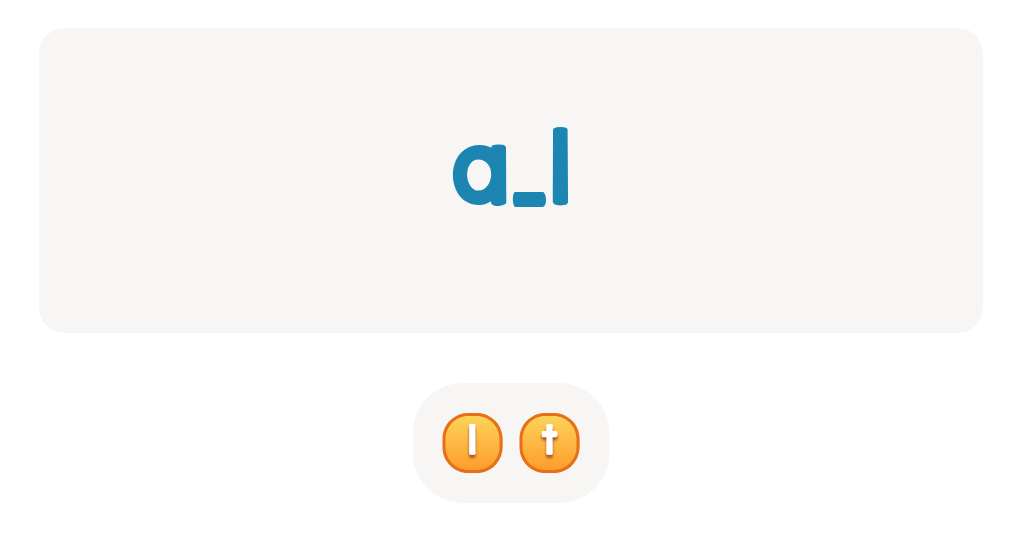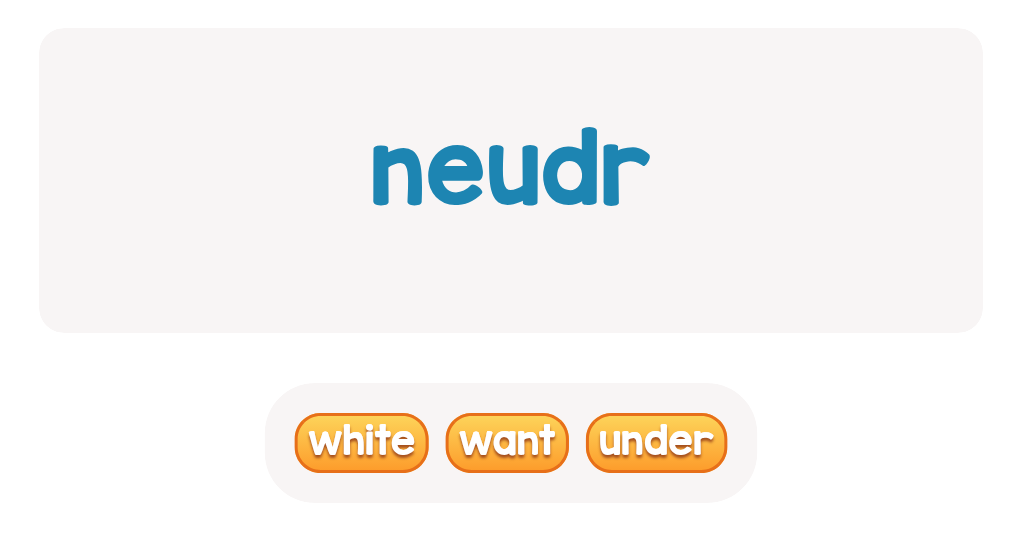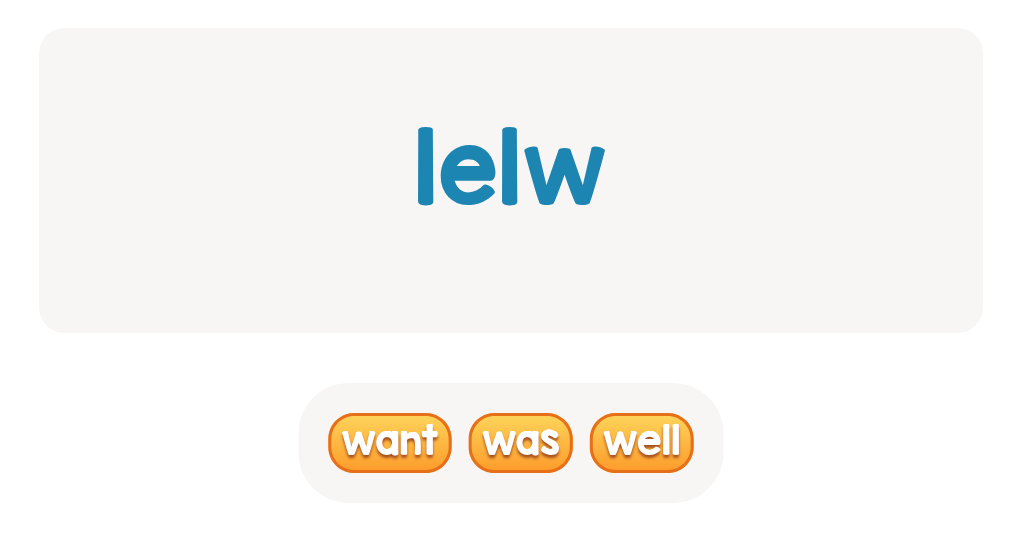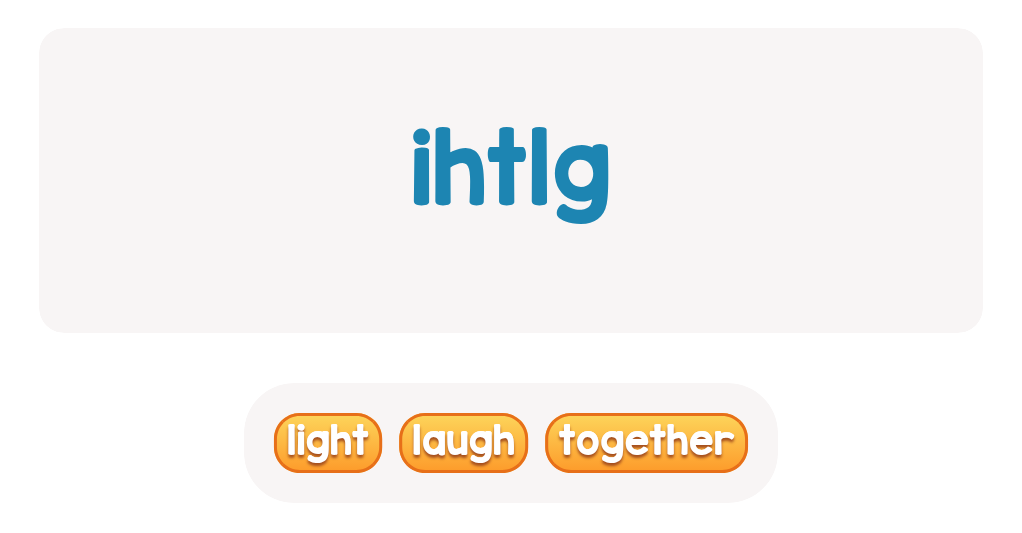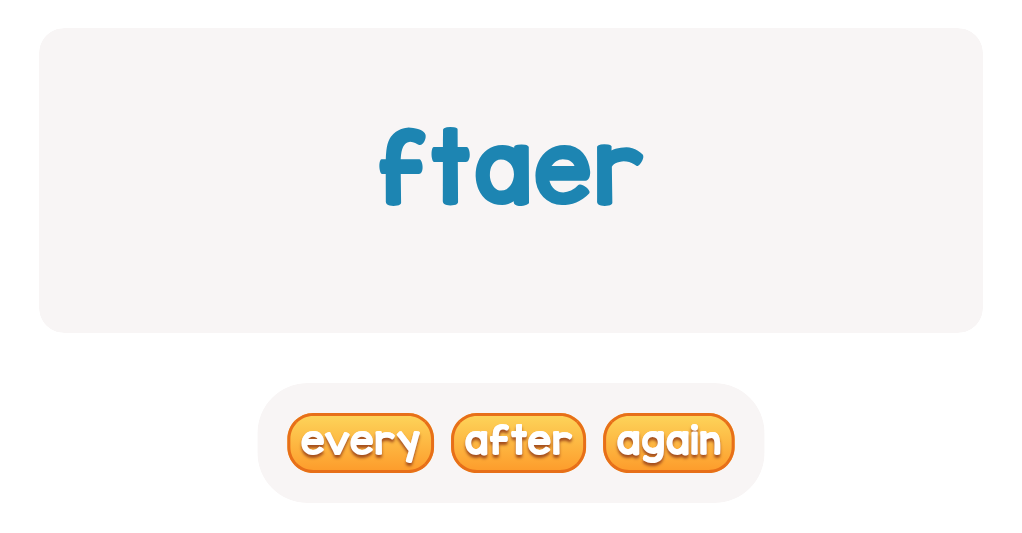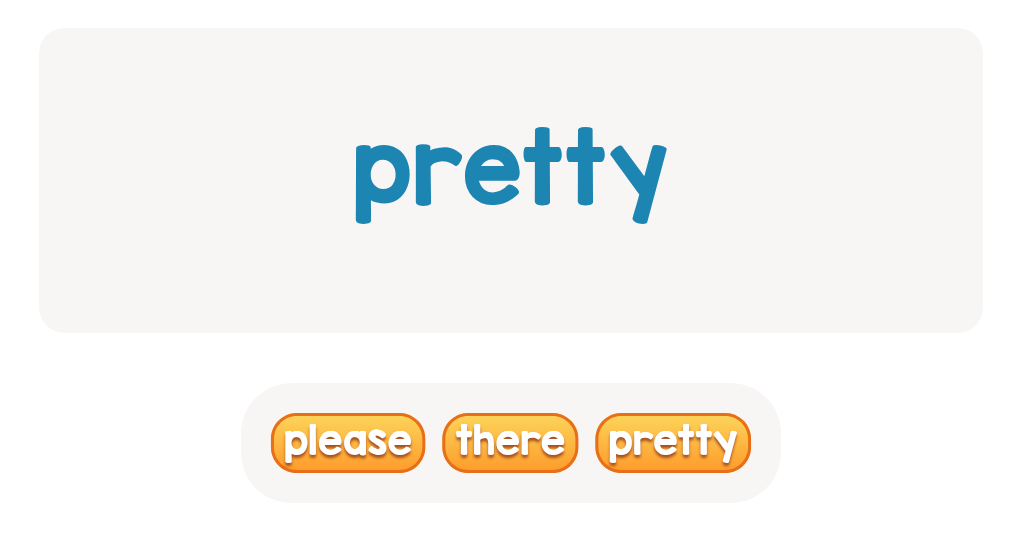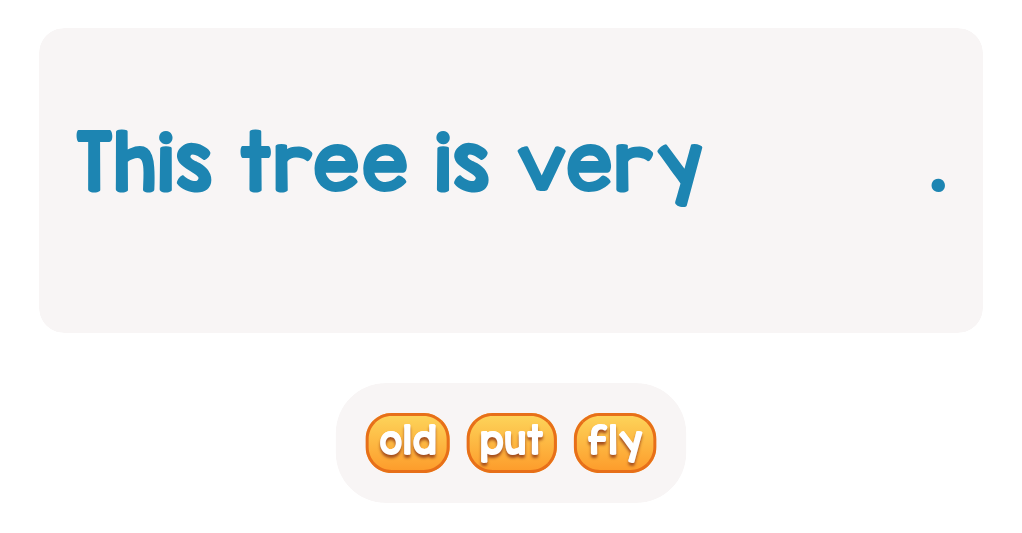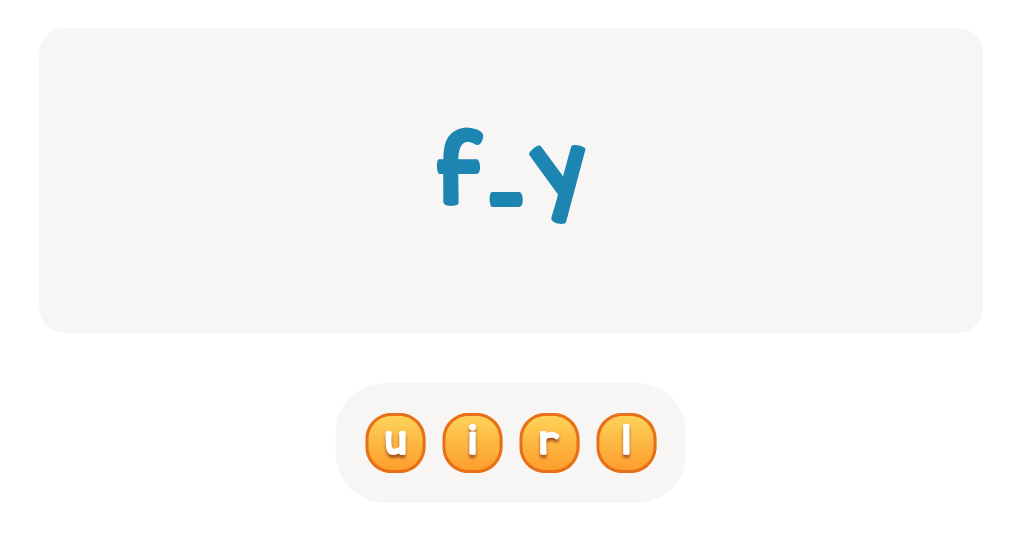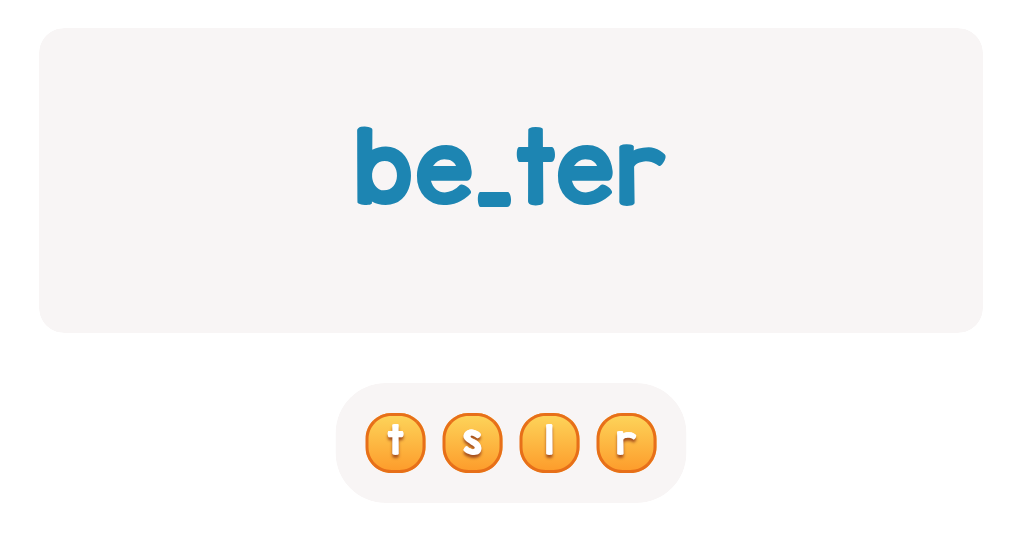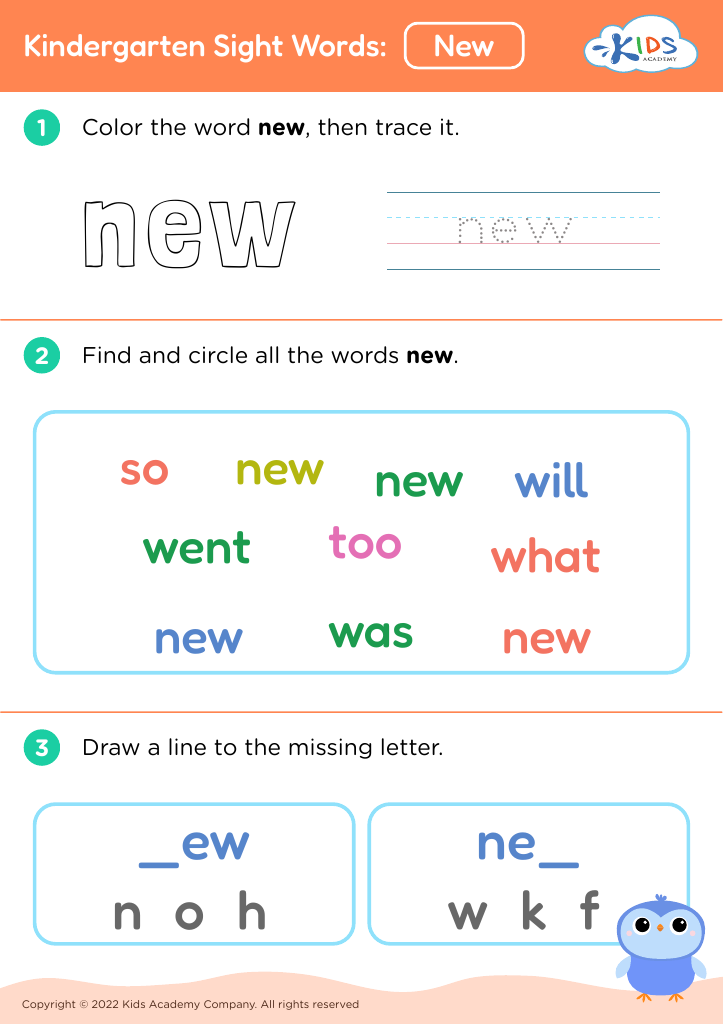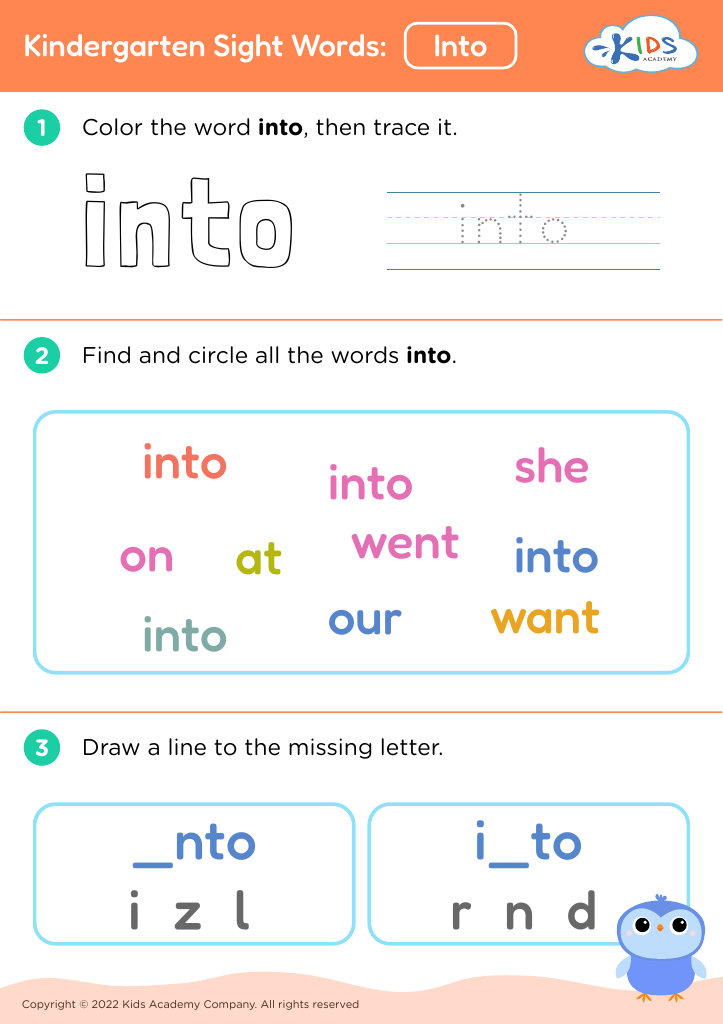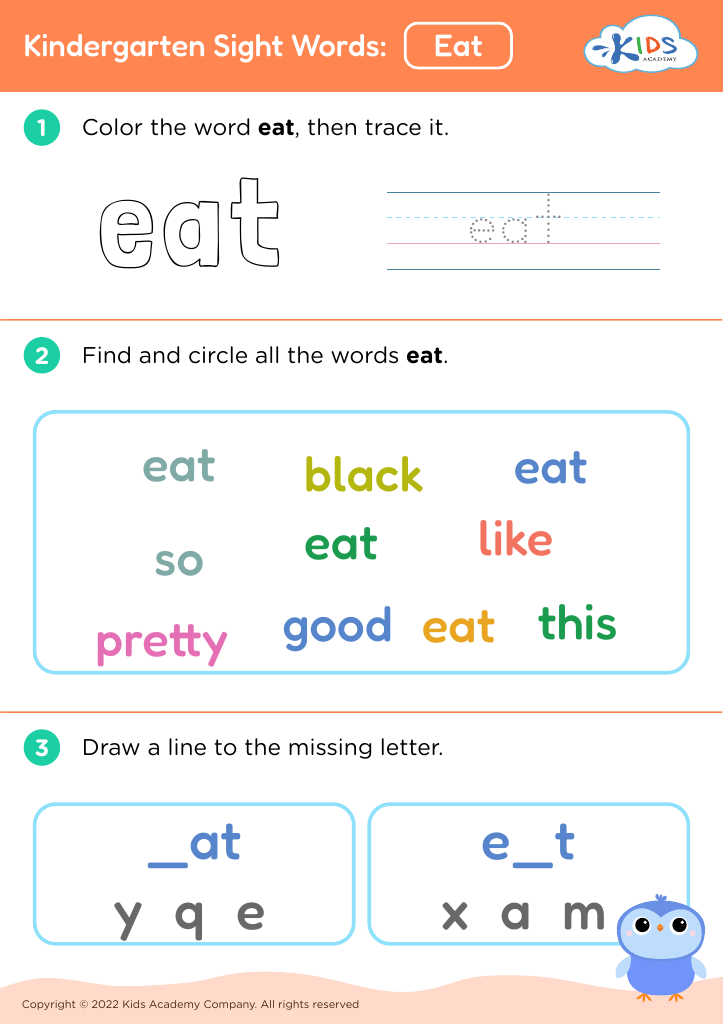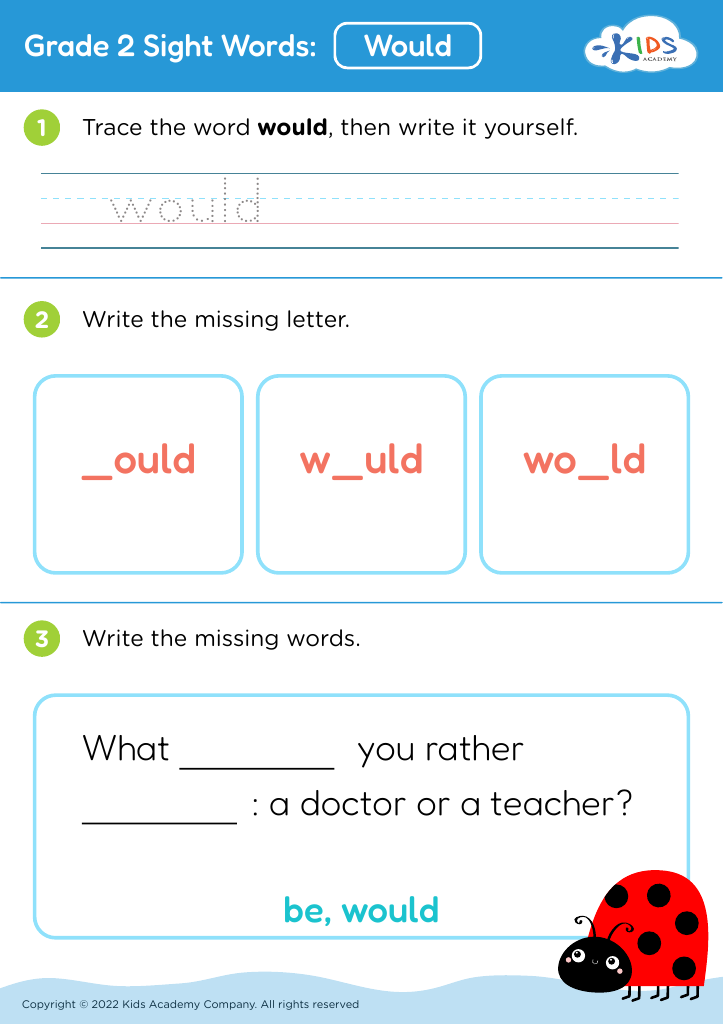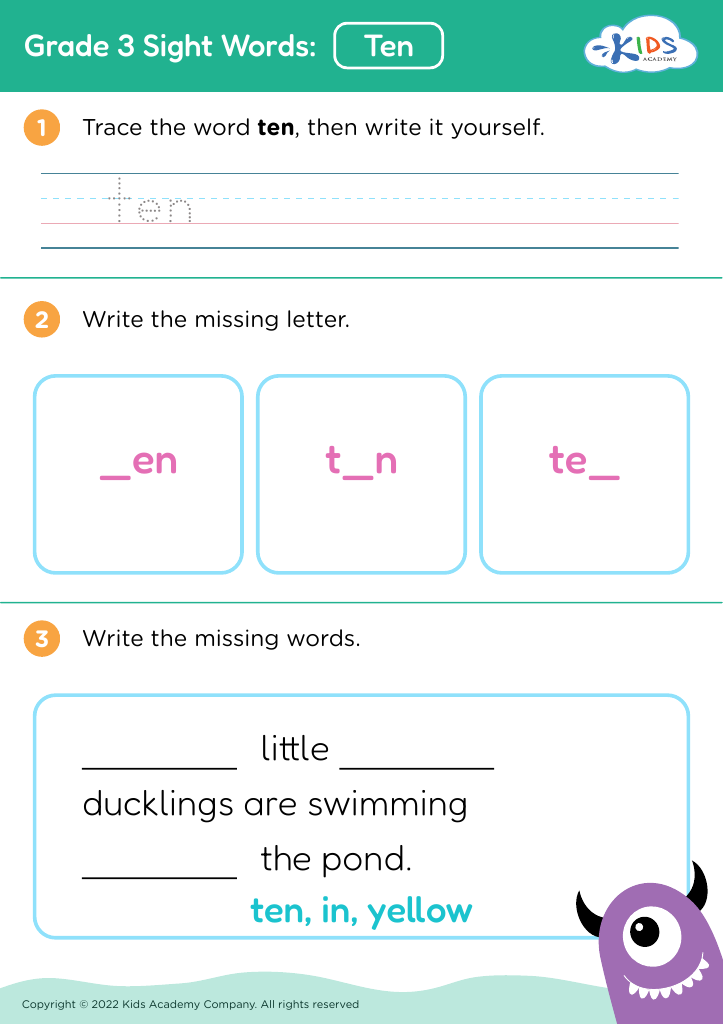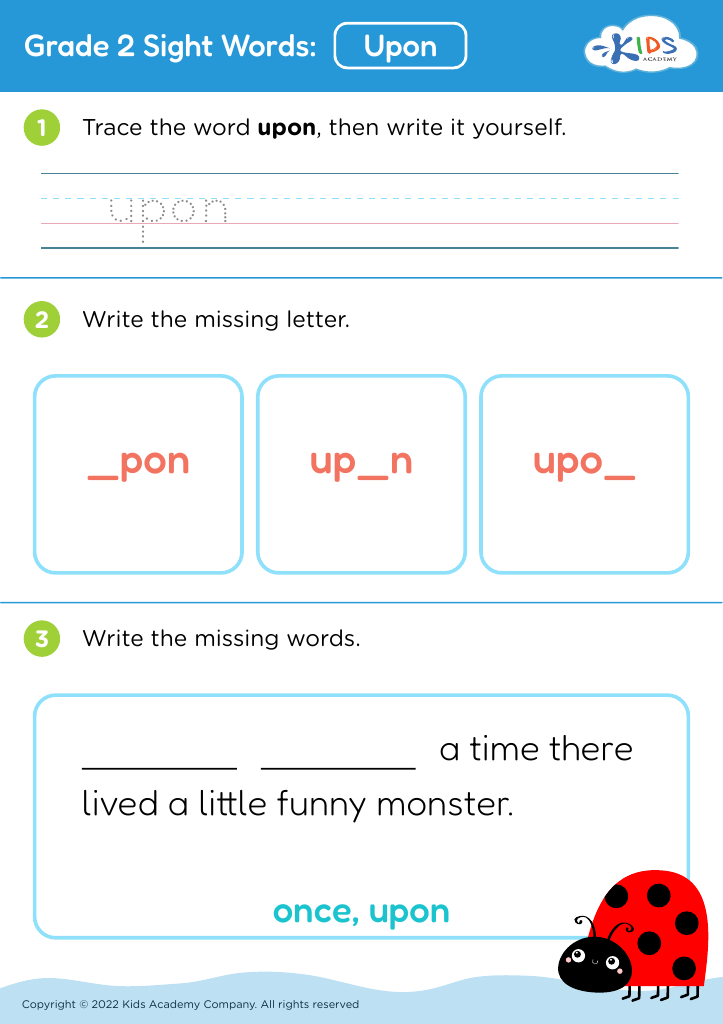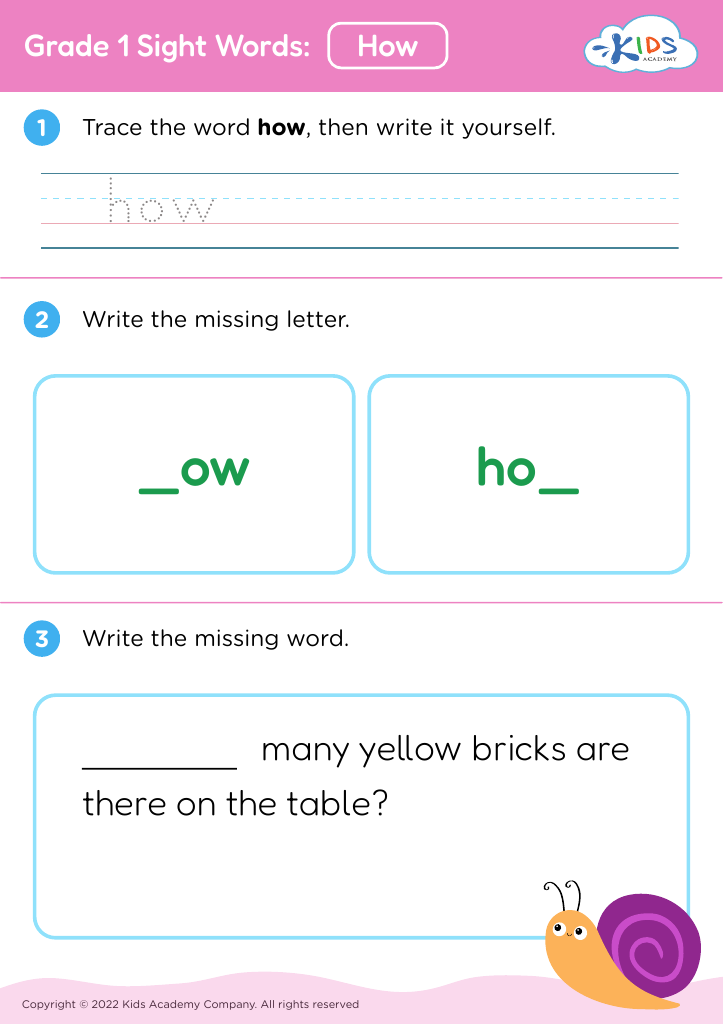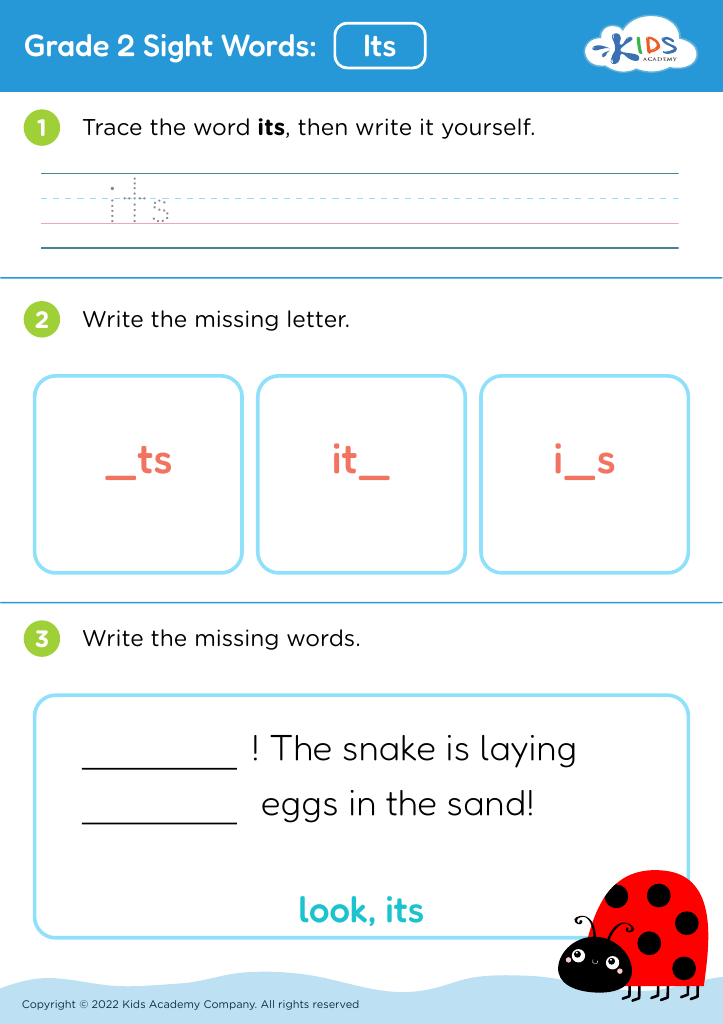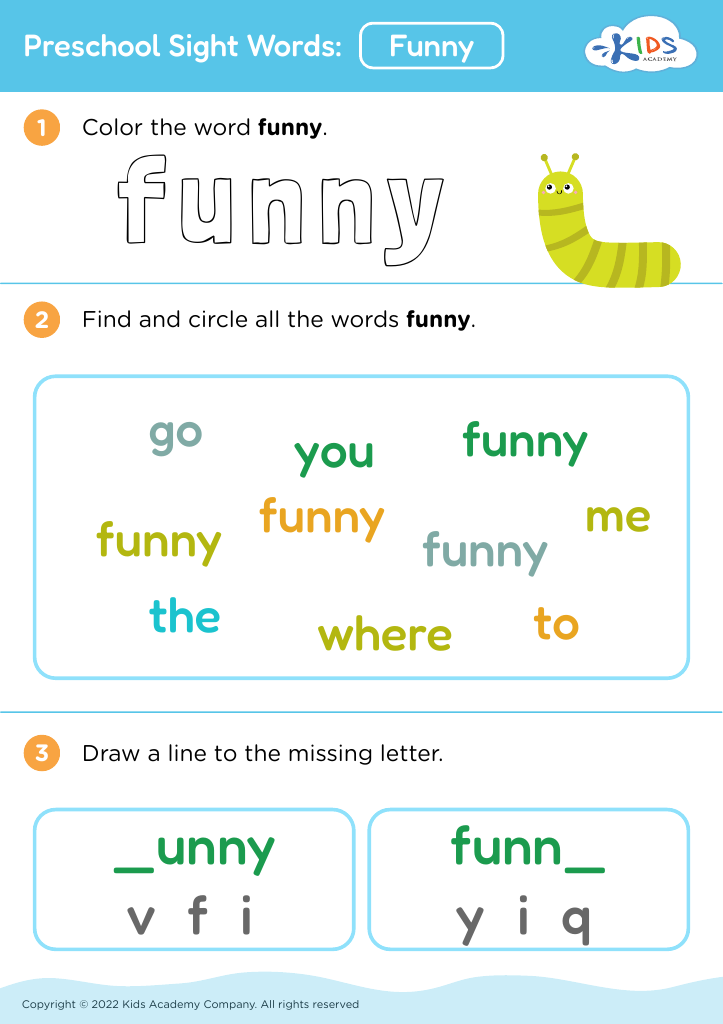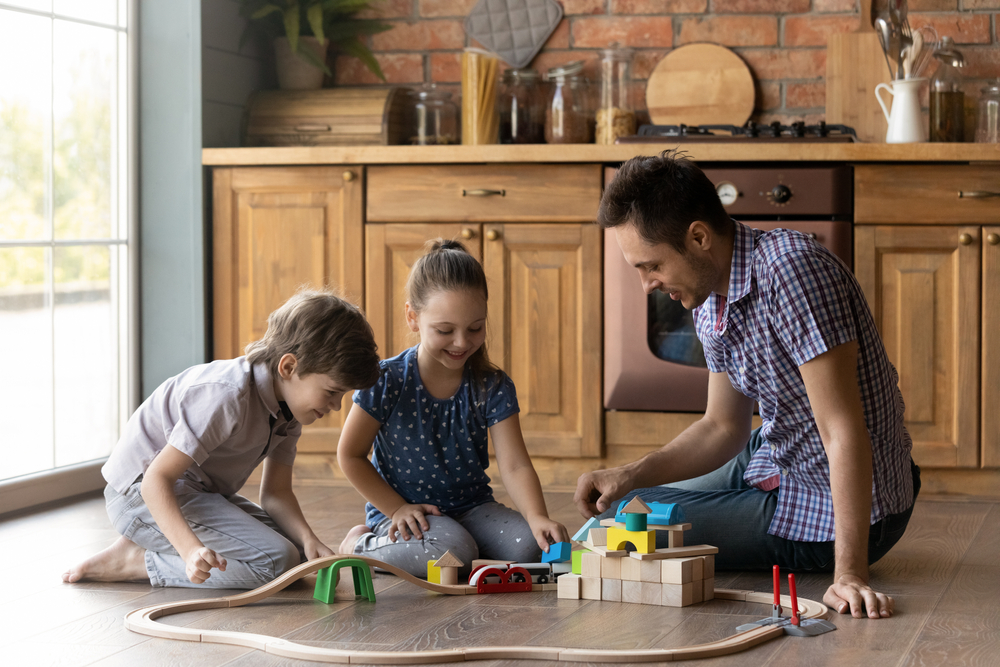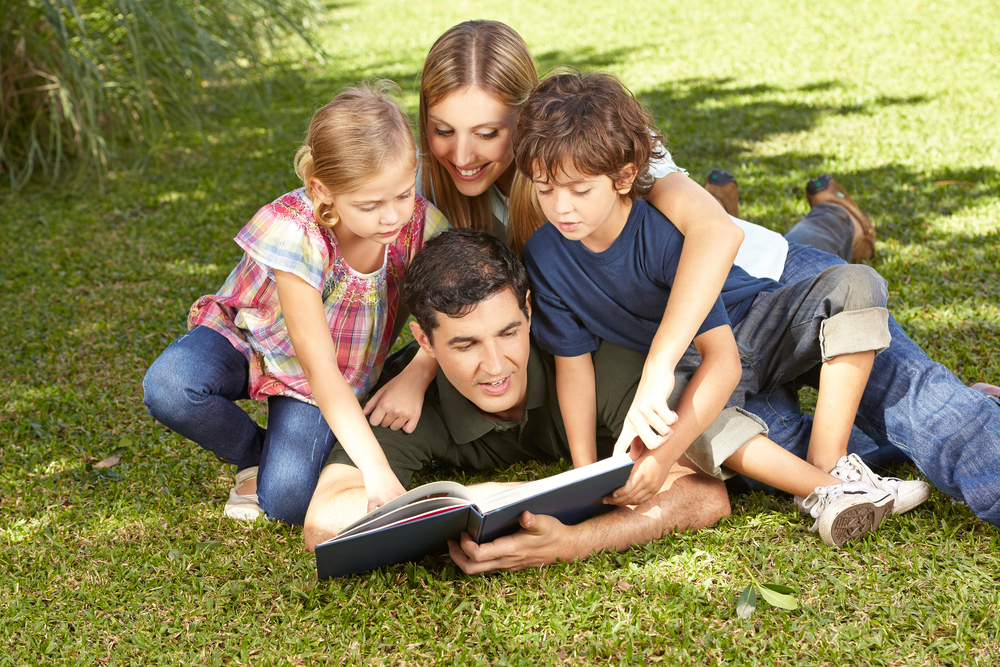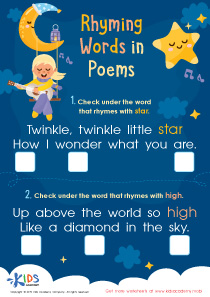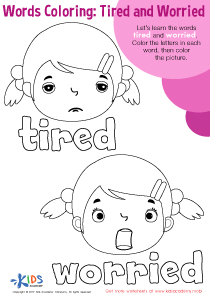Following instructions Building Vocabulary Worksheets for Ages 5-9
16 filtered results
-
From - To
Discover the perfect tool to enhance your child's reading and comprehension skills with our Following Instructions Building Vocabulary Worksheets for ages 5-9. This collection is designed to bolster vocabulary development while teaching kids how to follow directions effectively. Each worksheet engages young learners with fun and educational activities tailored to their grade level. From simple exercises to more challenging tasks, your child will build a solid foundation in reading, listening, and following instructions. Ideal for classroom use or home practice, these worksheets will help foster essential learning skills in a delightful and interactive way.
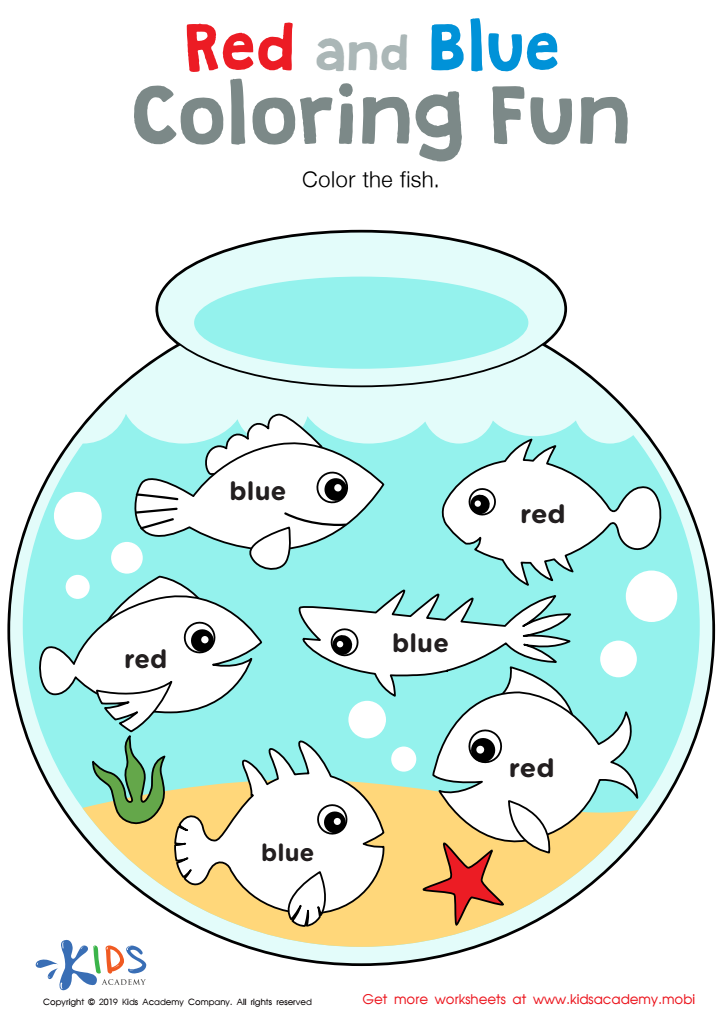

Red and Blue Coloring Fun Worksheet


More Octopus Facts Worksheet
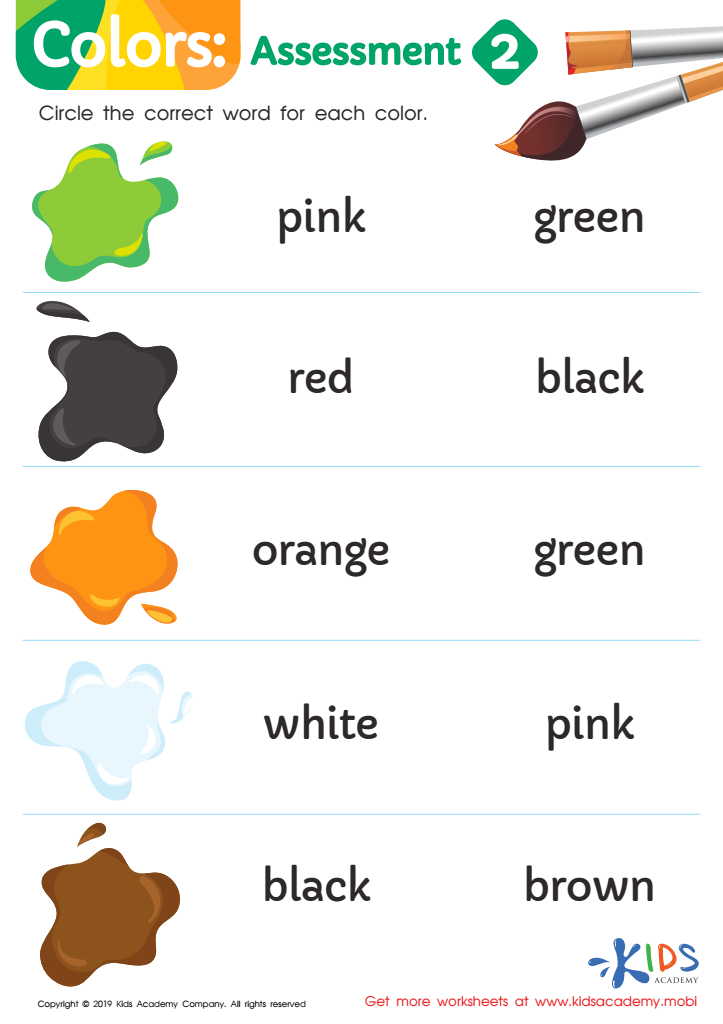

Colors: Assessment 2 Worksheet
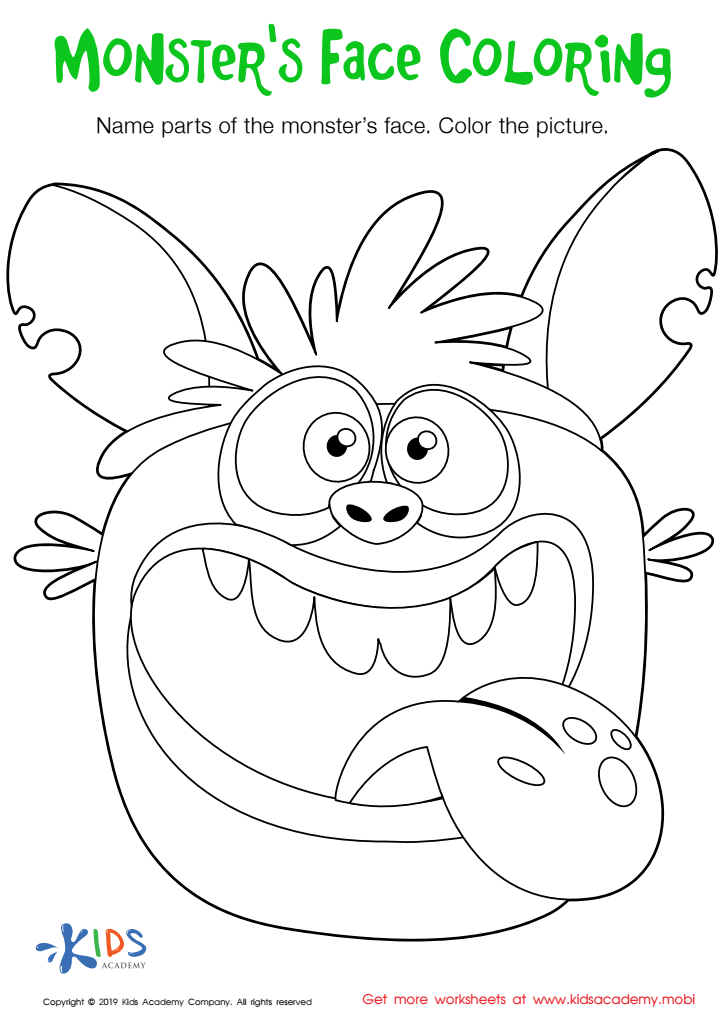

Monster's Face Coloring Worksheet
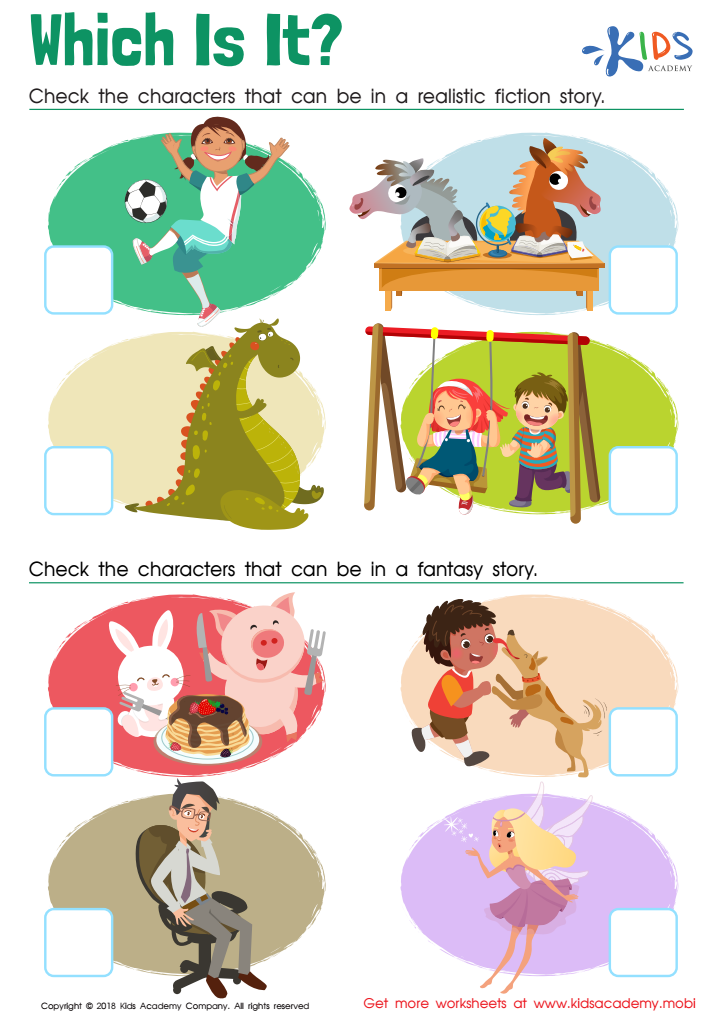

Which Is It? Worksheet
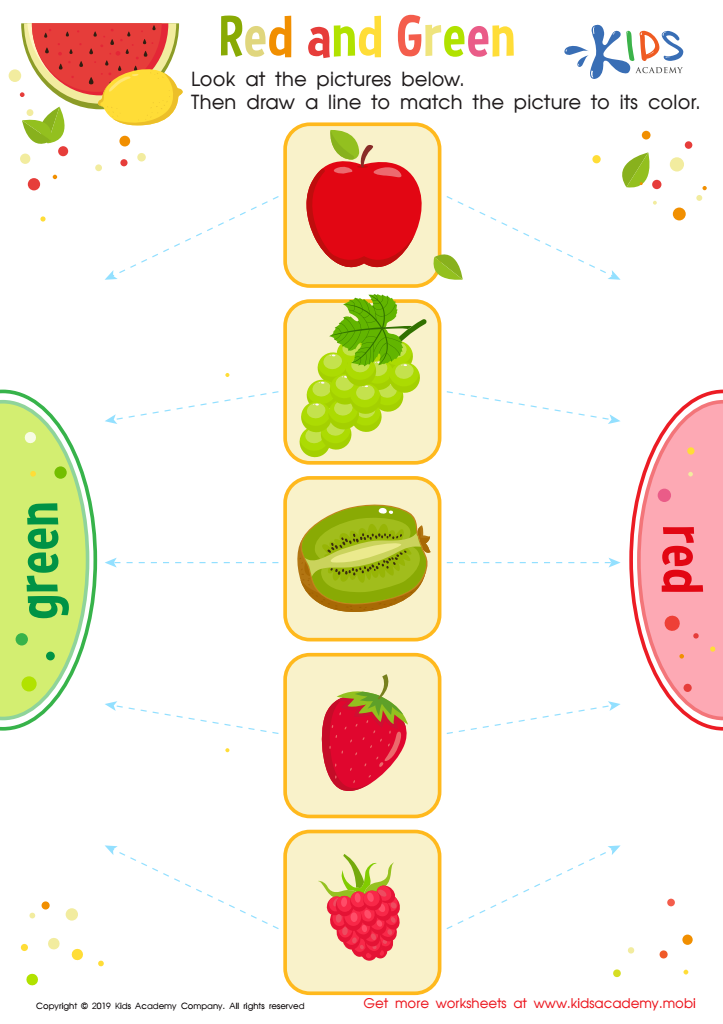

Red and Green Worksheet
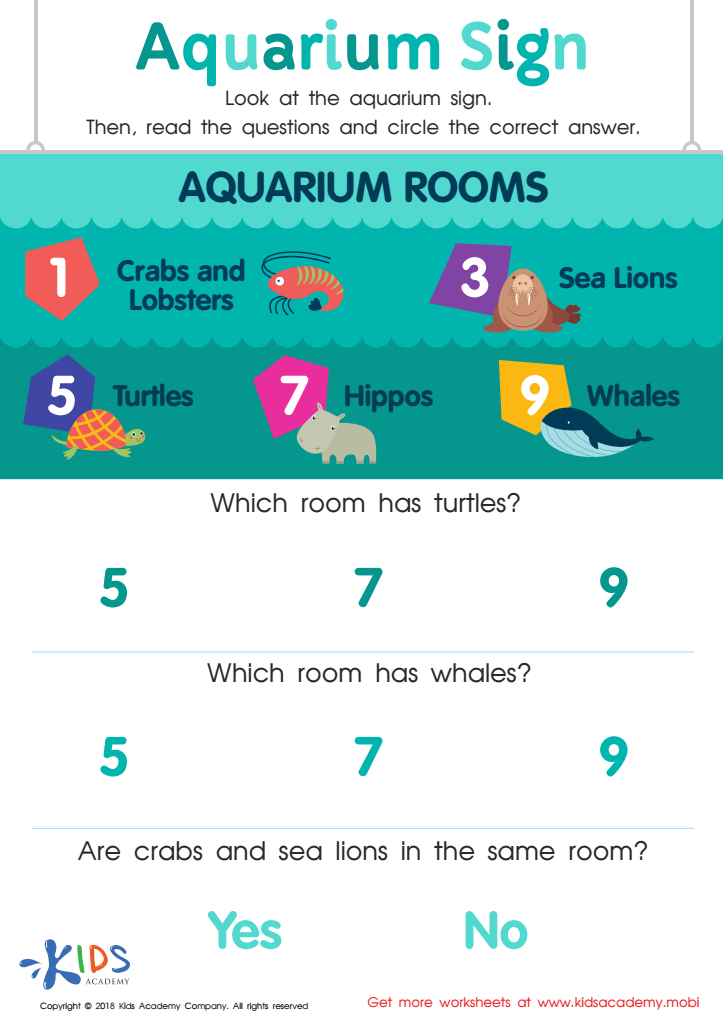

Assessment: Aquarium Sign Worksheet
Parents and teachers should prioritize teaching children ages 5-9 to follow instructions and build their vocabulary because these skills are foundational for academic and social success. Learning to follow instructions hones their ability to concentrate, listen carefully, and complete tasks, which are crucial for classroom learning and daily activities. It also helps them develop a sense of responsibility and independence, fostering self-discipline that will benefit them throughout their lives.
Building vocabulary, on the other hand, significantly impacts children’s communication skills and cognitive development. A rich vocabulary enables children to express their thoughts and emotions more precisely and understand complex concepts more easily. This not only boosts their academic performance, particularly in reading and writing, but also enhances their ability to connect with others socially and emotionally. As children learn new words, they also engage in higher-order thinking skills like categorization, inference, and comparison, which are vital for problem-solving.
In summary, teaching these skills early sets a strong foundation for a child’s future learning and interpersonal relationships. Parents and teachers play a crucial role in creating an enriching environment that encourages following instructions and vocabulary expansion, paving the way for well-rounded, capable, and confident learners.

 Assign to My Students
Assign to My Students
